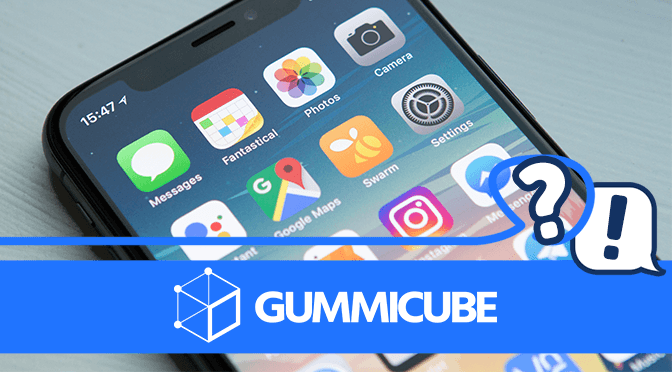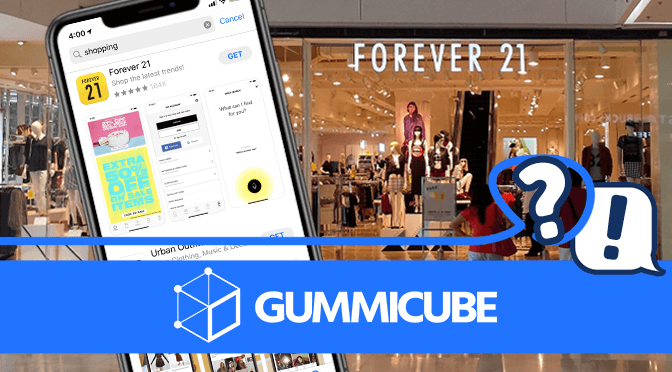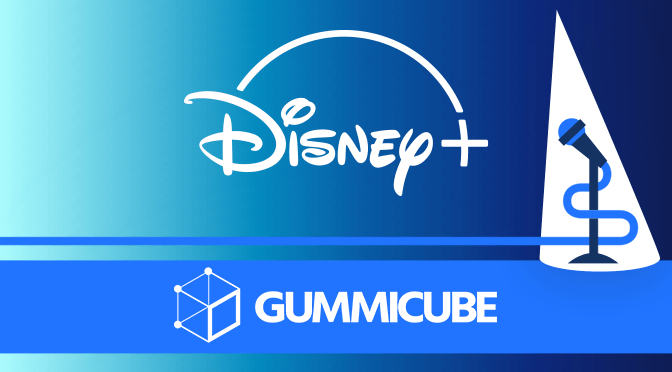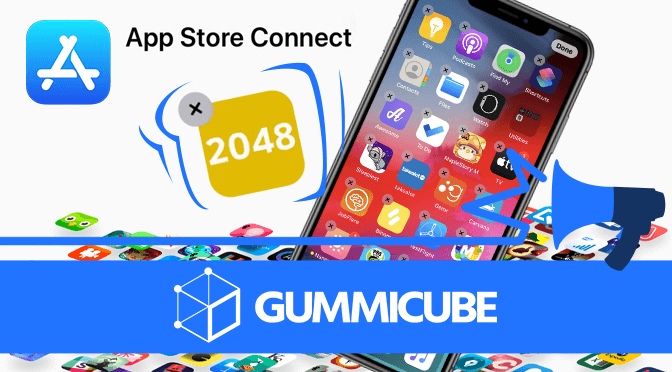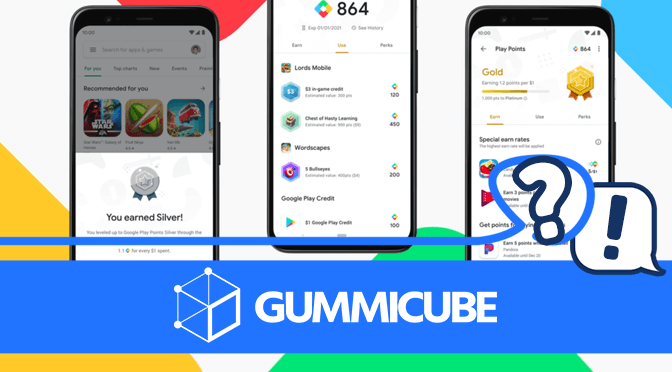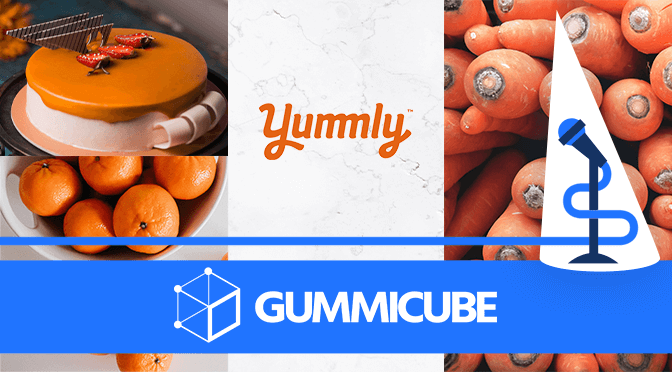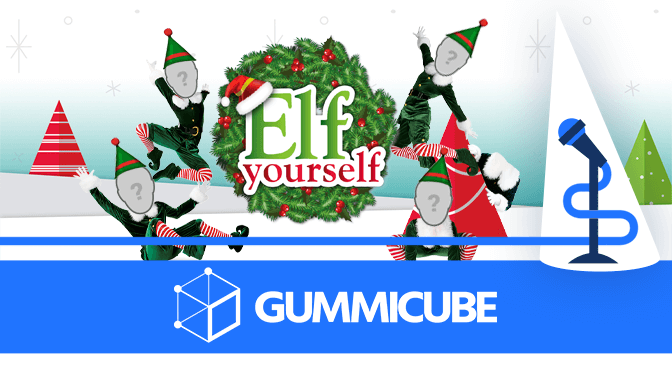
ElfYourself App Store Screenshot Spotlight
Posted on December 6th, 2019
With the holidays approaching, seasonal apps are seeing an increase in popularity. In order to appeal to users, these apps need to include strong creatives. This includes app store screenshots and videos, especially for photo and video apps. One such example is ElfYourself, which lets users add their faces to dancing elf videos. In this week’s App Store Spotlight, we look at ElfYourself and see if the app store screenshots it uses can help draw in the holiday crowd.



